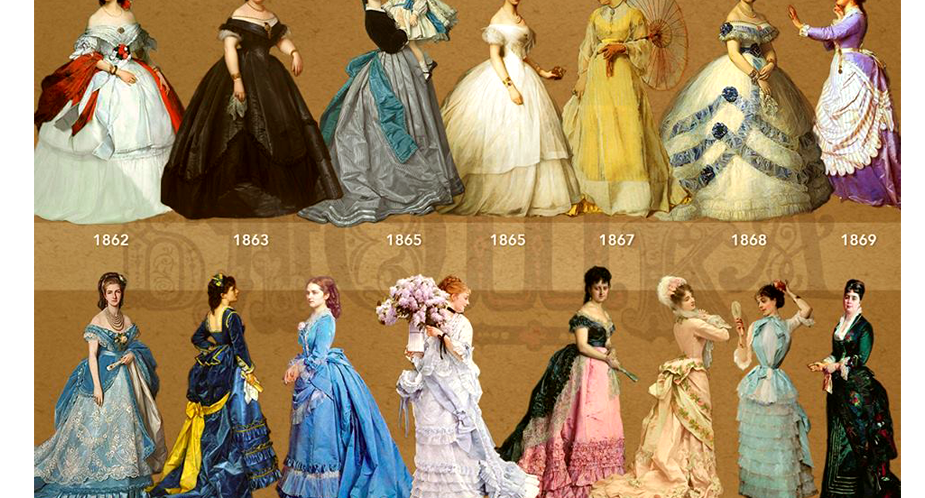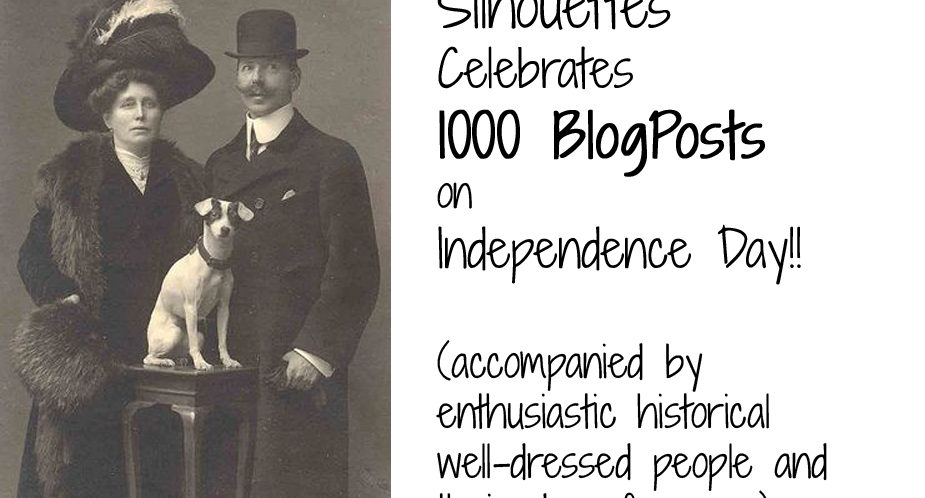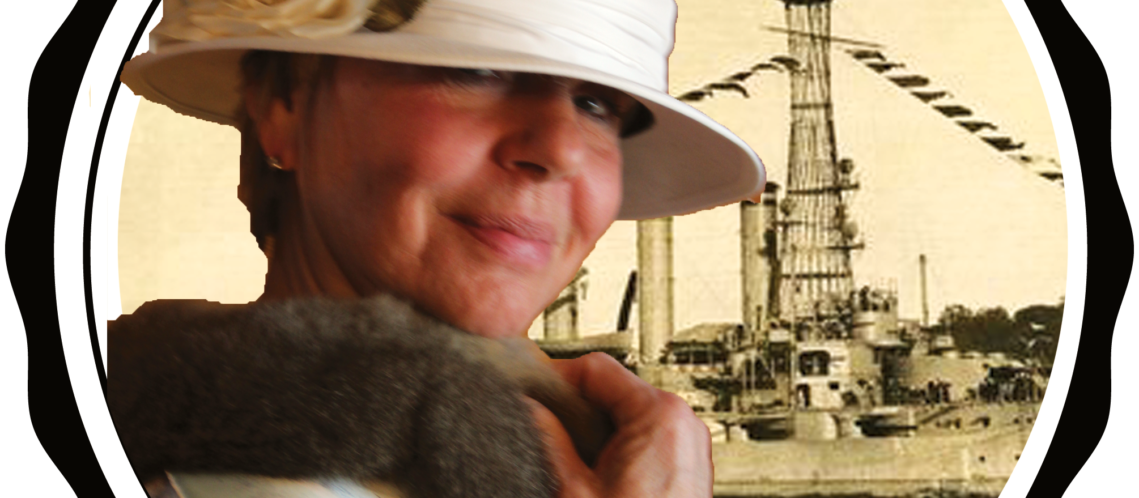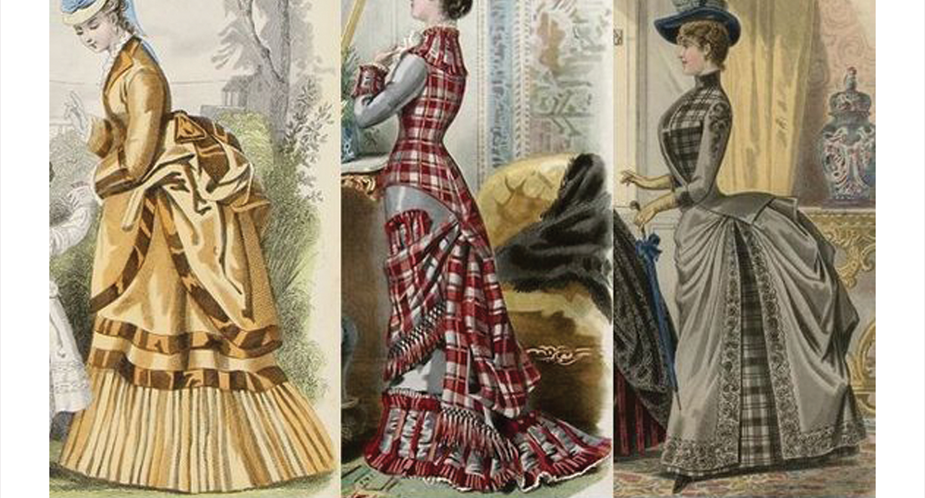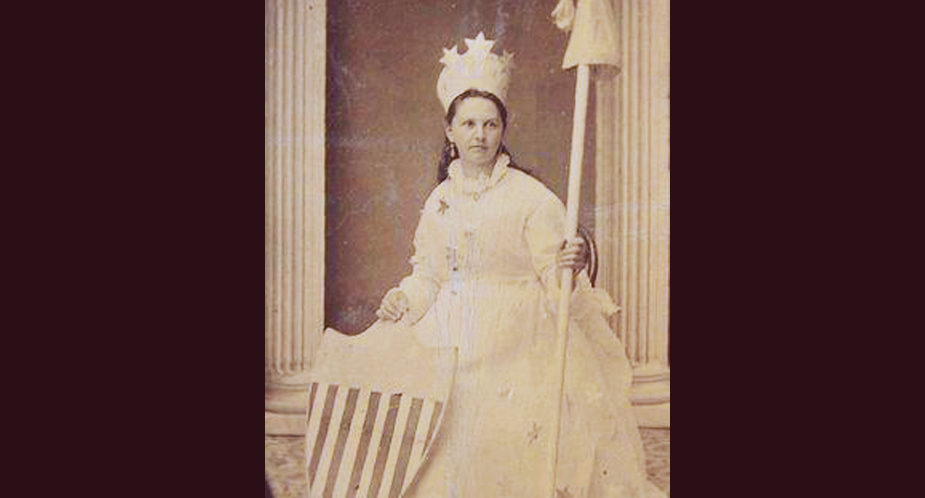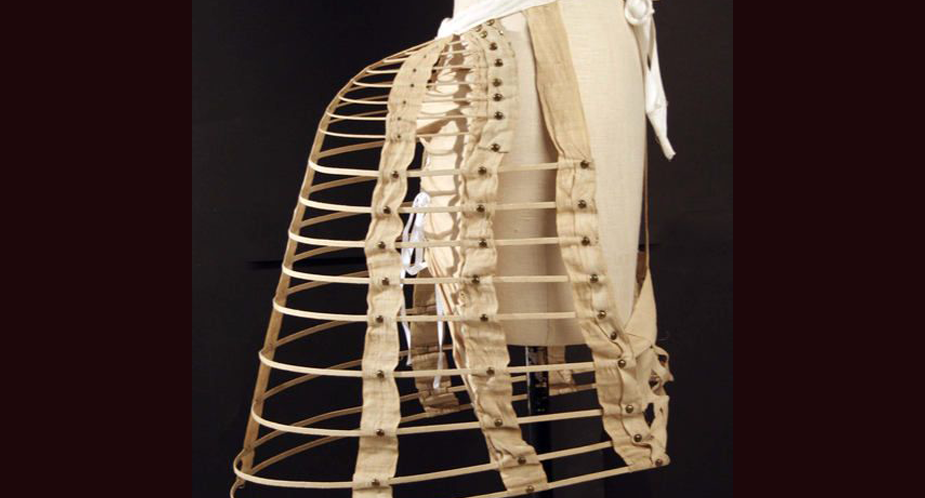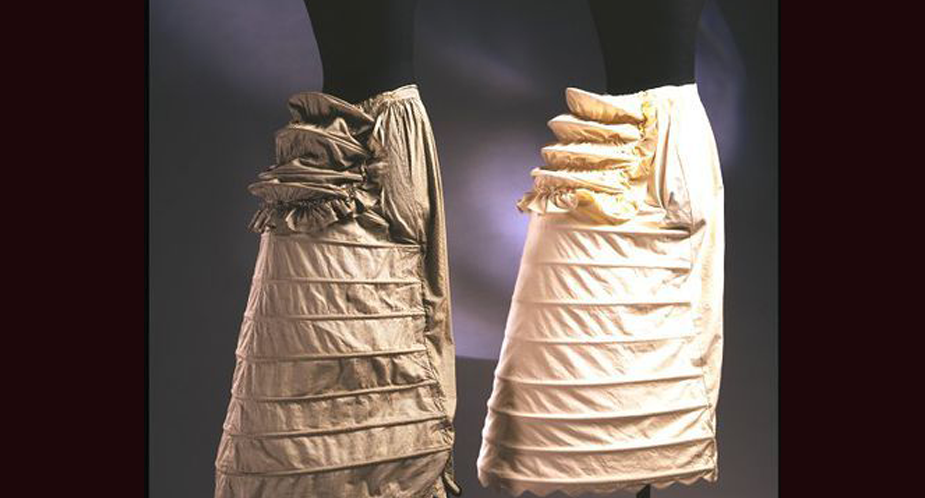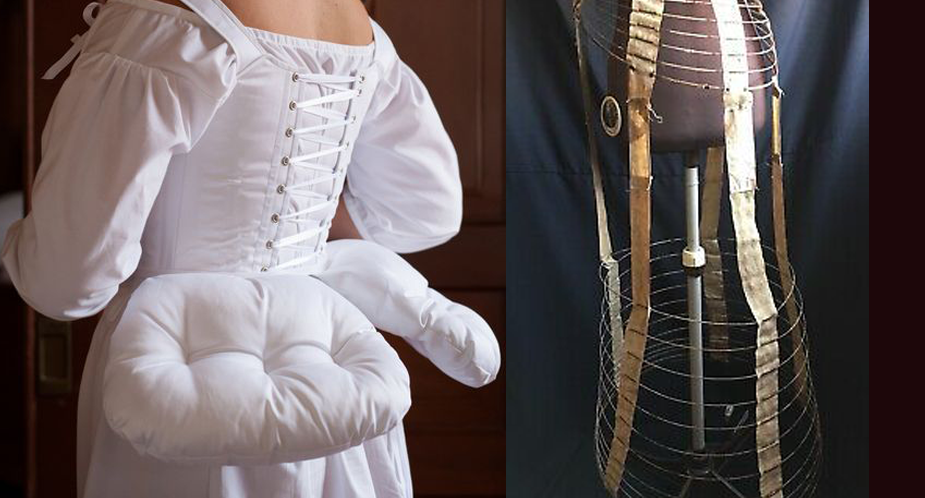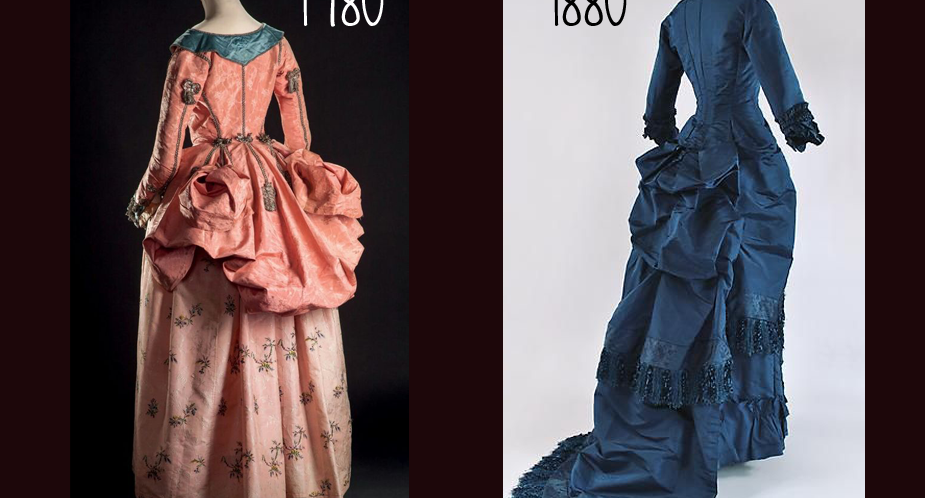.. fashion. So far we have discussed the corset (longer, cinching, different shape), the skirt (becoming assymetrical with fullness in the back and a smooth front), dyes (synthetic), methods (in home sewing machine), and designers (“Haute Couture” out of Paris creating “new” lines under directives of royalty like Eugenie of …
